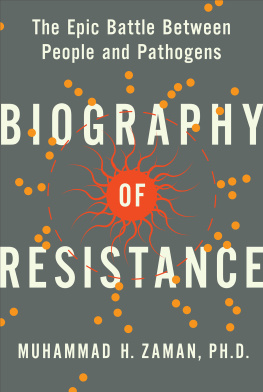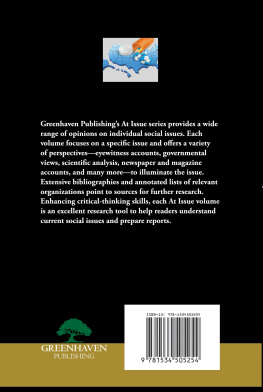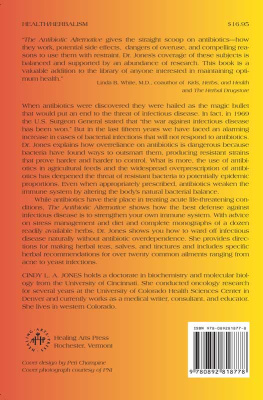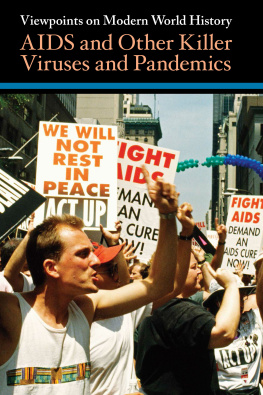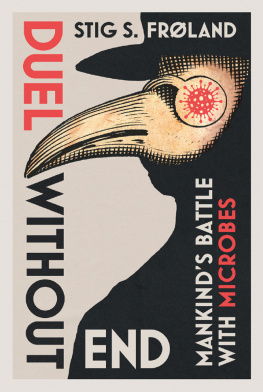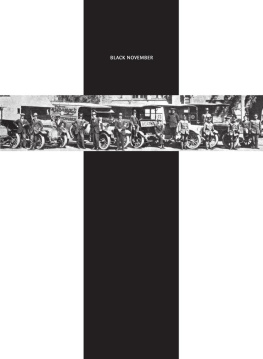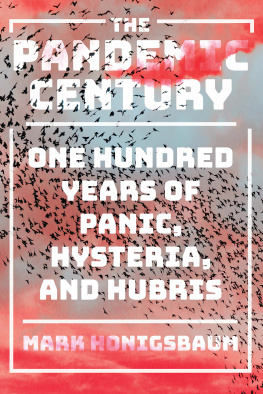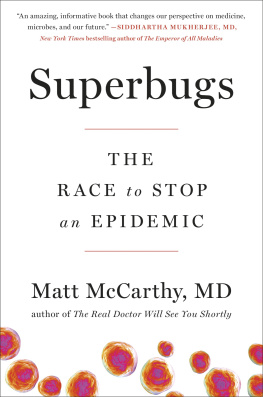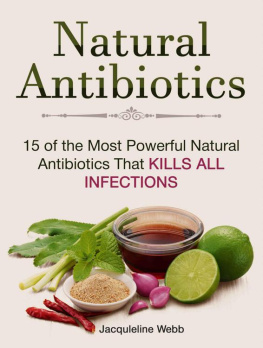Contents
To Ammi and Abbu
Washoe County is on the western edge of Nevada, with Oregon to the north and California to the west. The county, with its picturesque lakes and stunning deserts, is not often in the news. But on January 13, 2017, a brief article from Washoes public health officials was published in the Centers for Disease Controls Mortality and Morbidity Weekly Report, and it sent shock waves around the world. It was the first report of its kindnever before had a US county public health office written about a complete failure of every single antibacterial drug that they had available to them.
The report concerned a Washoe County resident in her seventies who had been admitted to a hospital in Reno about five months earlier, showing signs of inflammation and infection. She had recently returned from an extended trip to India, where she had fallen and broken her femur, the largest bone in the human body. She had been treated at a local hospital, and her condition improved, but later she developed an infection in her femur and hip. She was in and out of Indian hospitals as doctors tried to help her.
In August 2016, the doctors in Reno examined the woman and sent her blood and urine samples to the lab. The tests came back with results indicating that the bacteria causing her infection was resistant to leading antibiotics. The bacteria in question was CRE: carbapenem-resistant Enterobacteriaceae. And it can be life-threatening as well.
The doctors in Reno found this highly unusual. They had never seen evidence of CRE in their wards. Concerned that the very serious infection could easily spread to the other patients, the staff moved the woman to an acute care ward. The nurses and doctors attending the patient adopted the most stringent protocols for infection control, putting on gloves, masks, and extra layers of gowns any time they came in contact with her.
Resistance to antibiotics is a problem that infectious disease doctors encounter often in their line of work. If one drug isnt effective, they try others, and sometimes they even combine a few drugs to overcome a particularly difficult bacterial infection. Knowing that the most common antibiotics wouldnt help in this case, the doctors went to the next line of more potent drugs.
Most of the time doctors in the United States and other developed countries can find something that works. The treatment can be taxing on the patient, and recovery can be prolonged, but not everyone who gets CRE ends up dying. Many recover fully, their lives saved by doctors eventually hitting upon the right drug, or combination of drugs, that kills the infection. Hoping that something might work, as is often the case, the doctors in Reno kept trying, determined to find an antibiotic that would save their patient. But this time was differentone antibiotic after another failed, combination after combination failed. Nothing seemed to work. The infection spread throughout her bloodstream and her organs. They used every antibiotic that was available in the United States at the timea total of twenty-six. The infection thrived. The woman died of septic shock two weeks after arriving at the hospital in Reno.
Meanwhile, doctors on the other side of the world were facing an unprecedented challenge as well. Karachi, the largest city in my home country of Pakistan, could not be more different from Washoe Countyits a port city, a sprawling urban metropolis of nearly 15 million people, and among the most densely populated parts of the world.
In the fall of 2016, a typhoid outbreak in and around Karachi was proving extraordinarily difficult to control. The typhoid was resistant to most frontline drugs. It was caused by another member of the Enterobacteriacae family that the doctors encountered in NevadaSalmonella typhi. The outbreak that started in 2016 would last for nearly four years and affect thousands of not just people in Pakistan but people who traveled to and from the country as well.
For Karachis citizens, this outbreak of a resistant bug was unprecedented. Typhoid is not uncommon in Pakistan, but a number of readily available antibiotics were proving no longer effective. Ultimately, there were only two leftcarbapenem antibiotics and azithromycin. Carbapenems are expensive, must be given intravenously, and require hospitalizationsomething many Pakistanis living in Karachi cannot afford. For them, their lifeline depended on the efficacy of the other optionazithromycin. Doctors and public health experts worried about the day when that option would no longer work.
Their fear is not unfounded. Bacteria mutate quickly and can also acquire resistance from other members of their family. What if the next outbreak is resistant to azithromycin as well? And what happens if that outbreak spreads, not just across a city as large as Karachi but throughout the country, or around the globe?
The Pakistan outbreak was classified as XDRextensively drug resistant, the worst-case scenario. Worried about the threat, the CDC issued a warning for people traveling to Pakistan. Still, at least six people who had recently traveled to Pakistan during the outbreak came back to the United States and were diagnosed with XDR typhoid. Canada and the United Kingdom also saw patients with XDR typhoidall had traveled to Pakistan. Drugs available in Canada and the United States proved effective, and all of the patients survived, but many in Pakistan did not.
Patients across age groups, geographies, and economies are connected in this web of untreatable infections. It is not just a problem of resources or poverty, as some of the most advanced health-care systems in the world are struggling to manage drug-resistant infections. In the United States alone, well over thirty-five thousand people die every year due to multi-drug-resistant infectionssome of them in highly reputable hospitals. More people around the world die due to drug-resistant infections than breast cancer or HIV/AIDS or complications due to diabetes. While cancer and HIV/AIDS deaths are declining in the United States, and in many parts of the world, deaths due to drug resistance are constantly, rapidly increasing.
Connected across continents, countries, and cultures, antibiotic resistance is a danger to all of us. James Johnson, a prominent infectious disease specialist and expert in antimicrobial resistance in the United States, put it well when a journalist asked him how close we were to falling off the cliff into a world where our antibiotics no longer work. His response was simple: We are already off the cliff.
Similar warnings and declarations have been made before. And yet somehow, through discoveries during war and in times of peace, through genius and serendipity, in pursuit of profits and in demonstrations of compassion, scientists have been able to delay a total apocalypse. But is this time different? Are we near the end of our luck in the battle of people and pathogens? How much time do we have left?
Chapter 1
What Were Up Against
Bacteria have been around far longer than humansabout 3.5 billion years longerand they also outnumber us, by a lot. There are more bacteria on Earth than there are stars in the universe, and there are about 40 trillion in the human body alone. Bacteria live in environments that are considered too harsh for any other form of life to existsome live in the hot springs of Yellowstone National Park, withstanding temperatures close to boiling; others thrive half a mile deep under the Arctic ice.
Appearing at a time when the planet looked vastly different, bacteria have developed impressive abilities that enable them to fight and survive. Consider the fact that bacteria initially developed when there was little oxygen on our planet.
Their pursuit of advantagewhether by preserving the host or by killing itis constant, inevitable, Darwinian. Faced with an endless competition to survive and reproduce, over time bacteria have developed a highly sophisticated, multilayered defense mechanism that combats external threats and attackers. This defense mechanism works to our advantage when good bacteria produce chemicals that help our immune system fight infection, not just in the gut but also in the lungs and in the brain.) that weve designed to target and kill the microscopic but mighty life-forms that can just as easily harm the very body in which they reside.

